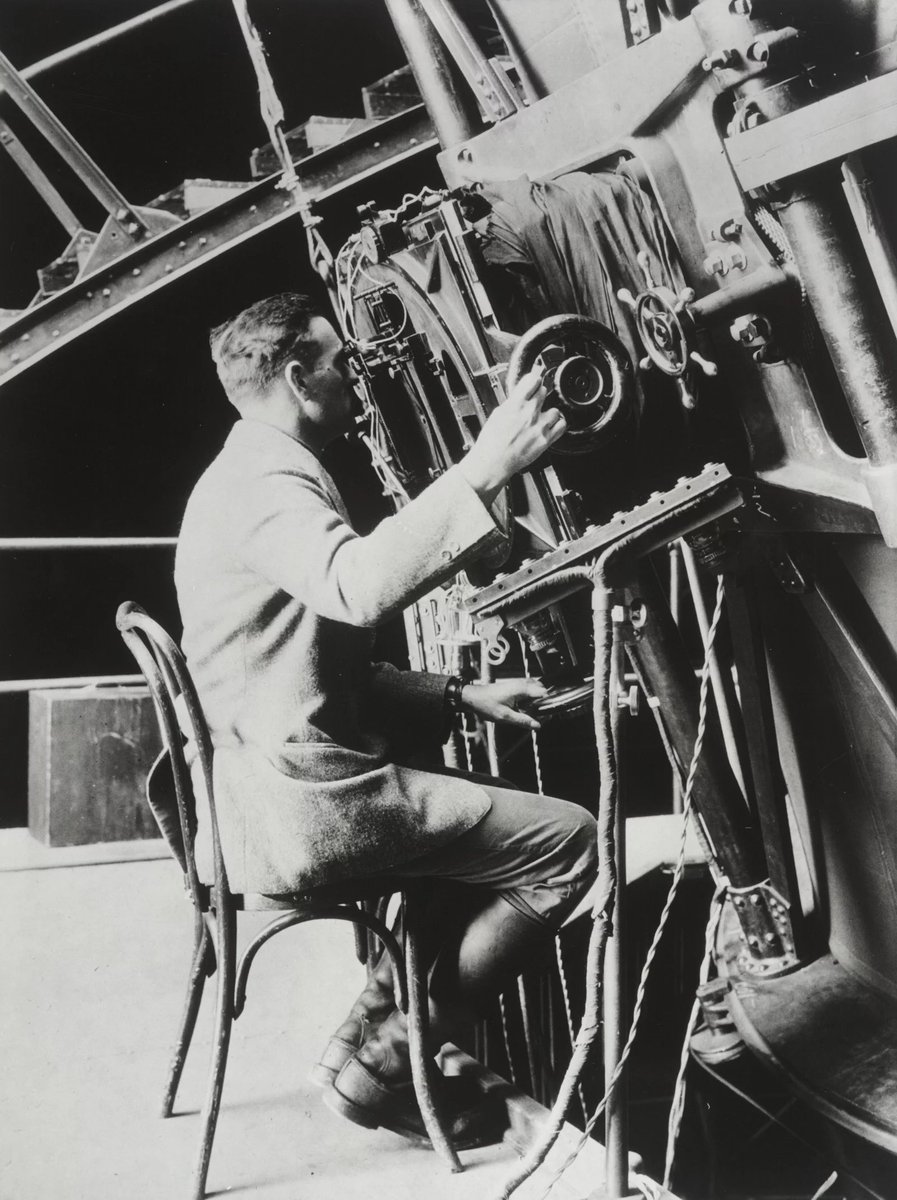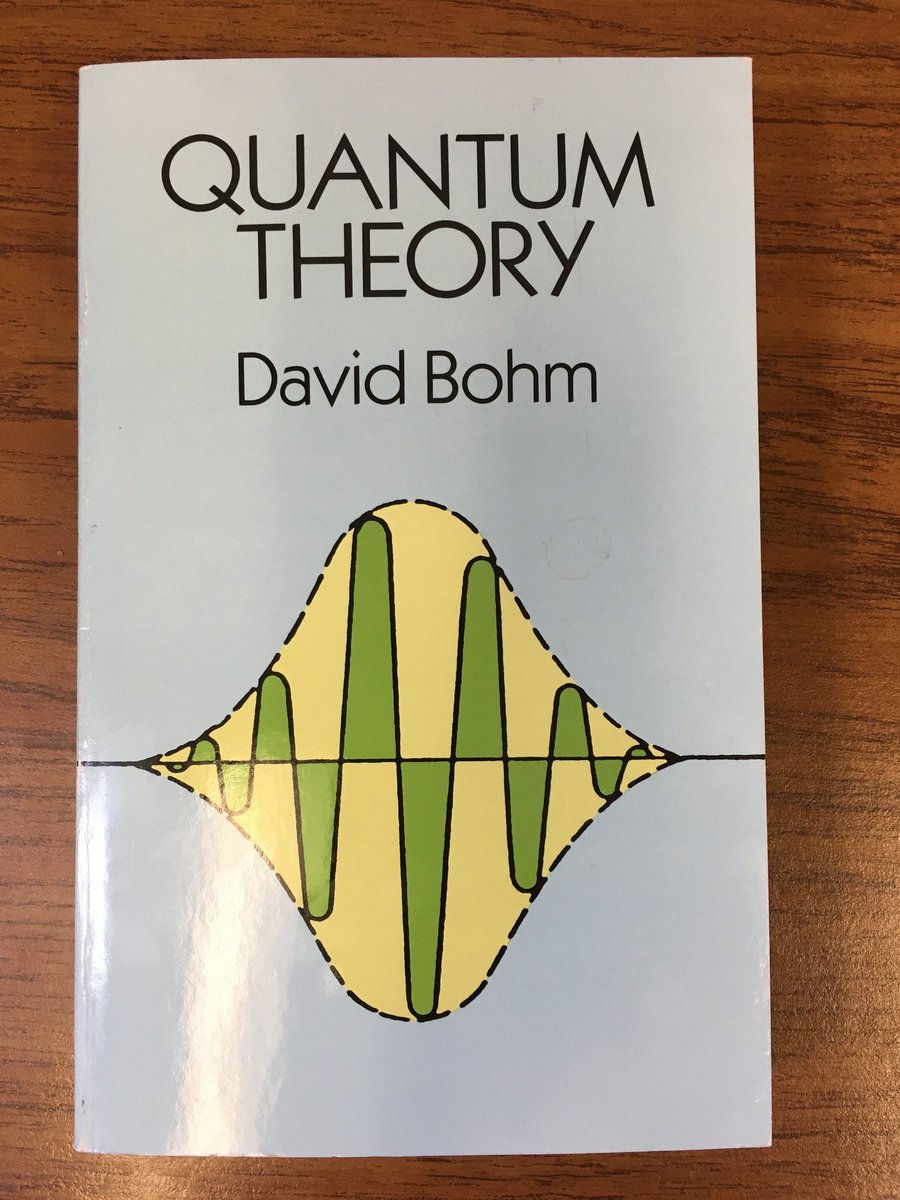
Yvonne Madelaine Brill was born #OTD in 1924. She was a rocket scientist who invented the hydrazine resistojet, which increased the payload capacity of satellites by reducing the weight of propellant they require. JWST (@NASAWebb) uses hydrazine thrusters!
Photo: W. McNamee/Getty
Photo: W. McNamee/Getty

Here is the JWST propulsion page describing its SCAT and MRE-1 thrusters which use hydrazine as a fuel and propellant, respectively.
jwst-docs.stsci.edu/jwst-observato…
jwst-docs.stsci.edu/jwst-observato…
Yvonne Madelaine Brill studied Chemistry and Math at the University of Manitoba. She wanted to study engineering, but women weren't allowed at the time.
She initially worked at Douglass Aircraft. By the mid-40s, she was believed to be the only woman in the US working as a rocket scientist. (At least, that’s the claim in this 2013 obituary in @TheTorontoSun.)
torontosun.com/2013/03/30/pio…
torontosun.com/2013/03/30/pio…
Brill took time off to raise her children, then returned to work in 1966, when she joined RCA Astro Electronics in Princeton. In an interview with @SWEtalk she recalled many of the challenges she faced. Unfortunately the link seems to be dead.
societyofwomenengineers.swe.org/images/stories…
societyofwomenengineers.swe.org/images/stories…
The following year, in 1967, she designed the electrothermal hydrazine thruster (EHT) — more commonly referred to as the hydrazine resistojet. It allowed for more efficient positioning of satellites, and reduced the weight of propellant they had to carry.
patents.google.com/patent/US38076…
patents.google.com/patent/US38076…

A few days ago @NASAWebb announced that they should have enough fuel to remain in service for over a decade. They were talking about the supplies of hydrazine! (And also dinitrogen tetroxide, which is used with hydrazine in the SCAT thrusters.)
In the early 1980s, Brill left RCA to serve as director of the space shuttle solid rocket motor program at @NASA. After three years she returned to RCA, then eventually took a position with the International Maritime Satellite Organization.
Yvonne Brill was inducted into the National Inventors Hall of Fame in 2010, and was awarded the National Medal of Technology and Innovation by President Obama in 2011 (the photo in the first tweet).
Yvonne Brill passed away in 2013. The NYT ran an obituary that was roundly criticized as sexist. It mentioned her beef stroganoff, following her husband, and raising her children before acknowledging her work as a rocket scientist. Look at these edits:
newsdiffs.org/diff/192021/19…
newsdiffs.org/diff/192021/19…

(The @nytimes revised their obituary, but as usual they did not add a note explaining the changes or acknowledging what they had done.)
Anyway, Yvonne Brill’s hydrazine resistojet, first used on a satellite in 1983, is still an industry standard. So find a friend who is excited about JWST and tell them about the woman whose work led to its thrusters!
Here is @NASAWebb’s announcement from yesterday.
https://twitter.com/nasawebb/status/1476194840018890756
• • •
Missing some Tweet in this thread? You can try to
force a refresh












